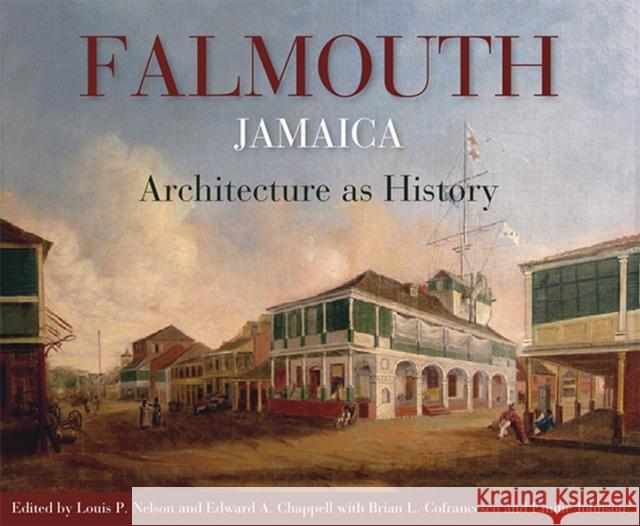Falmouth, Jamaica: Architecture as History » książka
Falmouth, Jamaica: Architecture as History
ISBN-13: 9789766404932 / Angielski / Miękka / 2014 / 320 str.
Founded in 1769 as a new port town on JamaicaAEs north coast, Falmouth expanded dramatically in the decades around 1800 as it supported the rapidly expanding sugar production of Trelawney and neighboring parishes. Many of the surviving buildings in Falmouth are the townhouses and shops of the planters and merchants who benefitted from the wealth of sugar. That same community also built a major Anglican church and a courthouse, both of which still survive and remain in use. In those same years, the town hosted a growing free-black population and this community also left its mark on the historic town. In 1894, Falmouth received an extraordinary gift from the British crown in the form of the Albert George Market, at once a symbol of persistent colonialism, a shelter for the ancient Sunday markets, and a symbol of modernism in the form of its vast cast iron design. Monuments in the city from the twentieth century include an extraordinary round Catholic church and an impressively Modernist school wing. With little investment through the twentieth century, the town was entirely re-conceptualized in the opening years of the twenty-first century with the construction of a vast cruise ship terminal. Spanning from the foundation of the town in 1769 to the opening of the cruise ship terminal in 2008, this book explores the wide range of architecture built by Jamaicans and others in the making of this extraordinary town.











